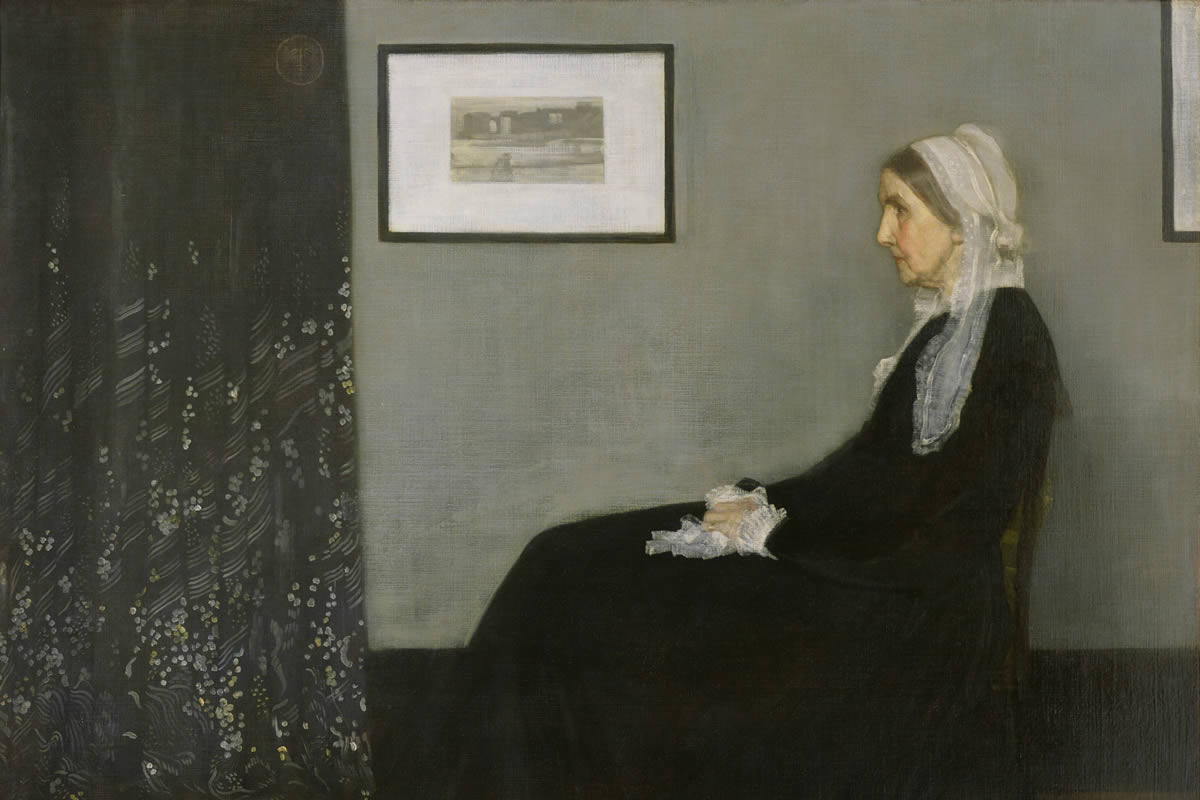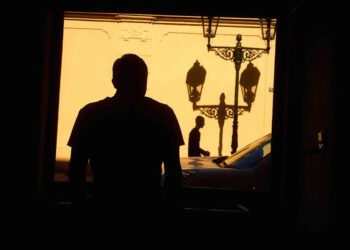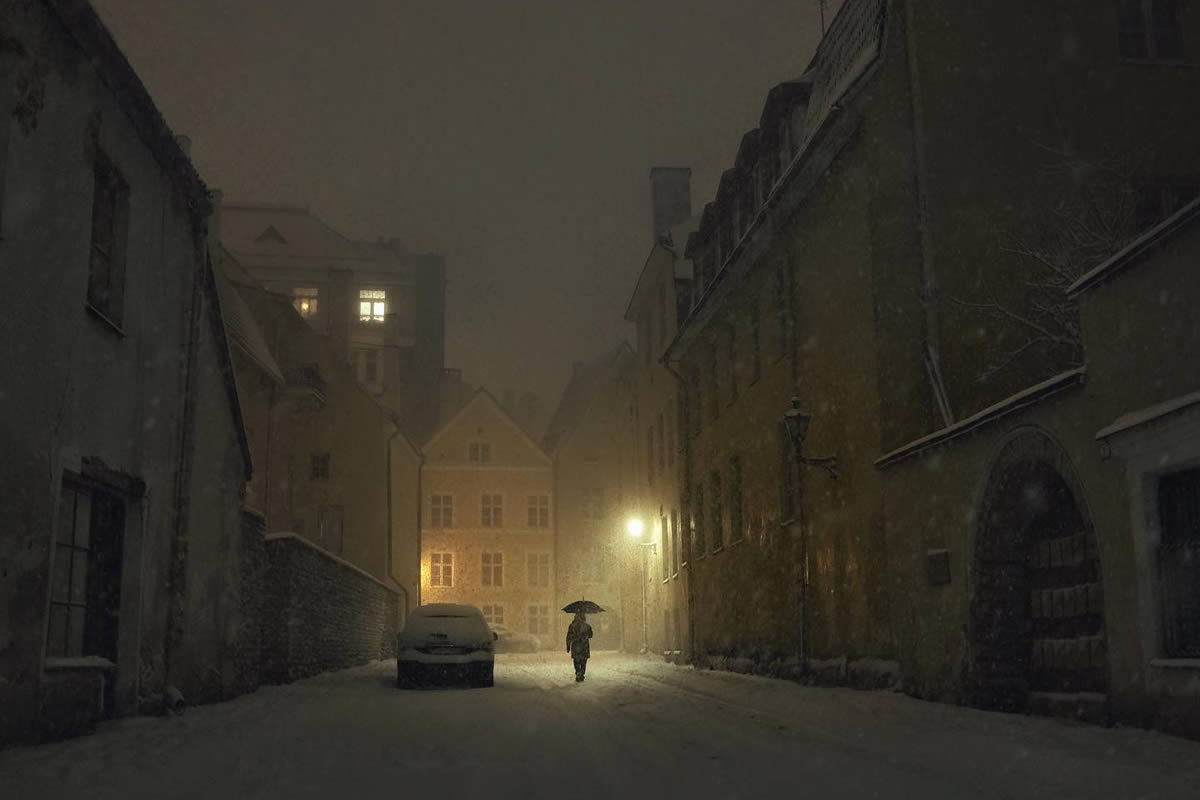Throughout history, art has served as a powerful medium of expression, shaping cultures, inspiring movements, and leaving an indelible mark on humanity. Some paintings stand above the rest, transcending time and place to become iconic symbols of their respective eras.
These works, created by legendary artists, continue to influence and inspire modern art, defining the visual language of beauty, emotion, and creativity. This article explores 30 famous paintings that not only showcase the genius of their creators but also helped shape the world of art as we know it today.
1. Mona Lisa by Leonardo da Vinci
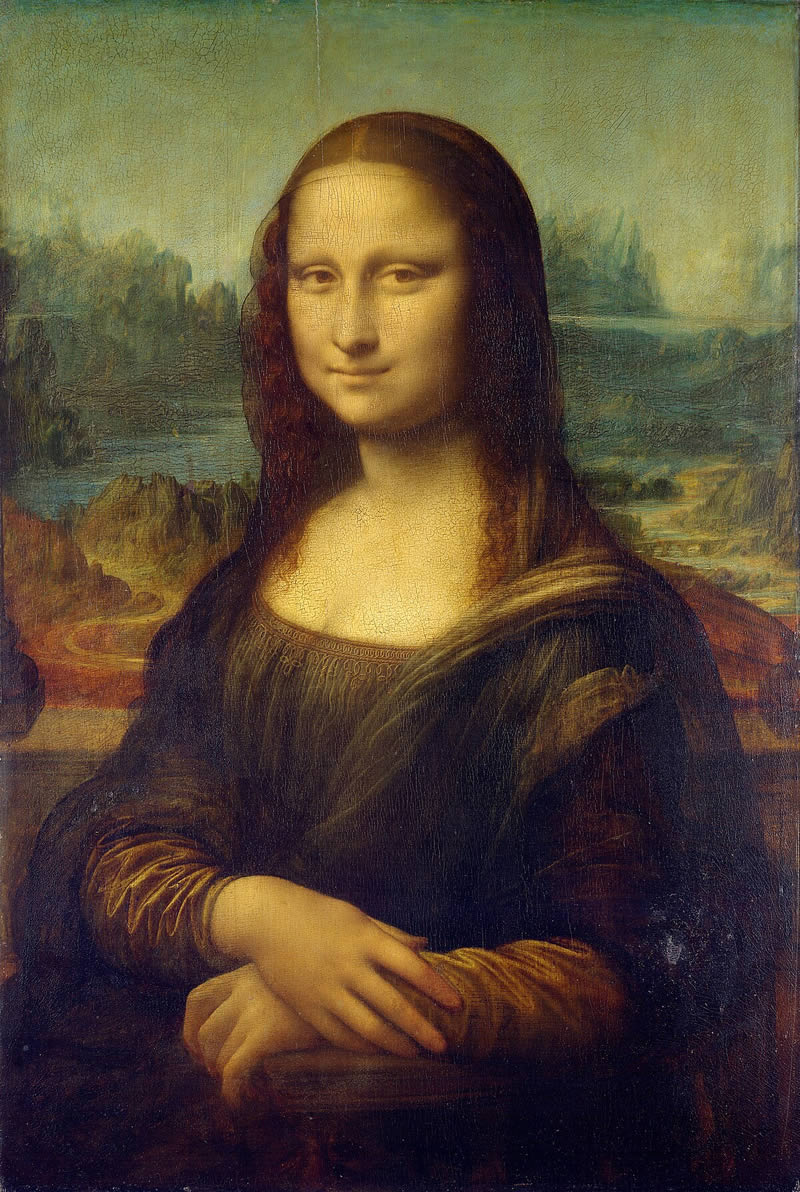
The most famous painting in the world, Mona Lisa, has captivated audiences for centuries with her enigmatic smile and mysterious gaze. Painted by Leonardo da Vinci between 1503 and 1506, this masterpiece is celebrated for its lifelike portrayal and innovative use of sfumato, a technique that blends colors and tones seamlessly. Housed in the Louvre Museum in Paris, Mona Lisa remains a symbol of Renaissance art and genius.
2. Starry Night by Vincent van Gogh
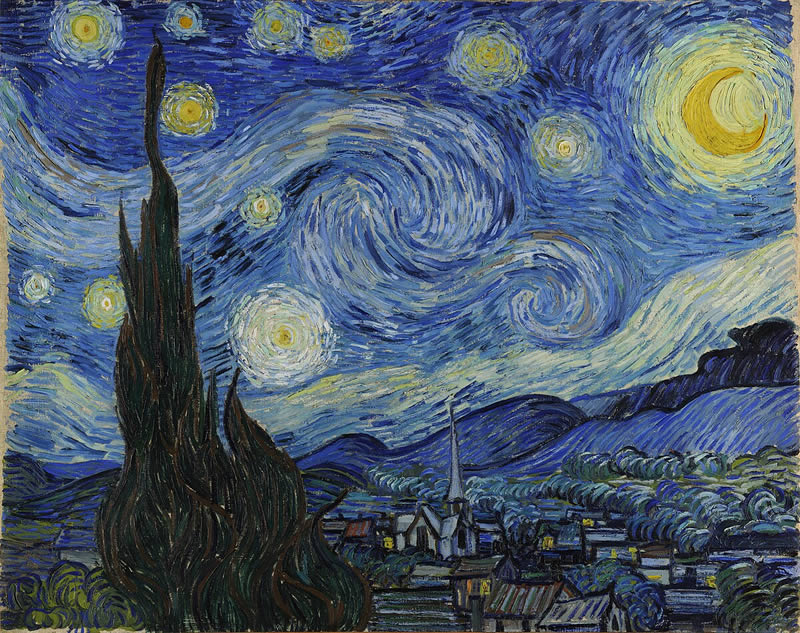
Van Gogh’s Starry Night is a swirling, dreamlike depiction of the night sky, painted in 1889 during his stay at a mental asylum. With bold, expressive brushstrokes and vibrant blues and yellows, this painting is a hallmark of Post-Impressionism. The emotional intensity conveyed through the turbulent sky contrasts with the calm village below, making it one of the most beloved and analyzed paintings in art history.
3. The Last Supper by Leonardo da Vinci
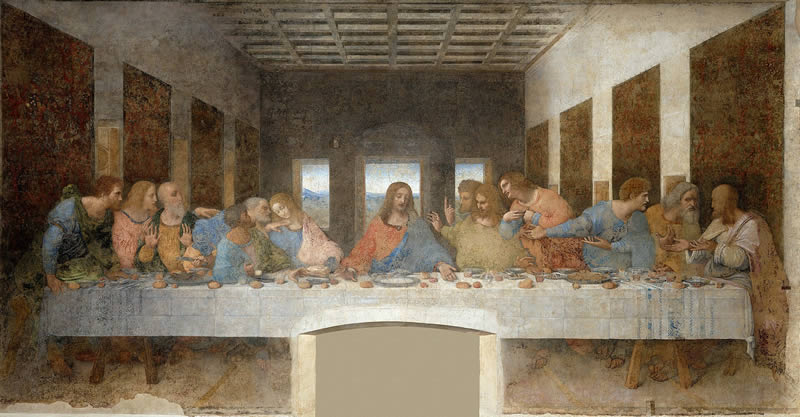
Painted between 1495 and 1498, The Last Supper is one of Leonardo da Vinci’s most iconic works, depicting the dramatic moment when Jesus announces that one of his disciples will betray him. The fresco’s use of perspective and the arrangement of the figures create a powerful narrative, making it a cornerstone of Renaissance art. Located in the Convent of Santa Maria delle Grazie in Milan, the painting has undergone several restorations but remains a profound religious and artistic masterpiece.
4. The Persistence of Memory by Salvador Dalí
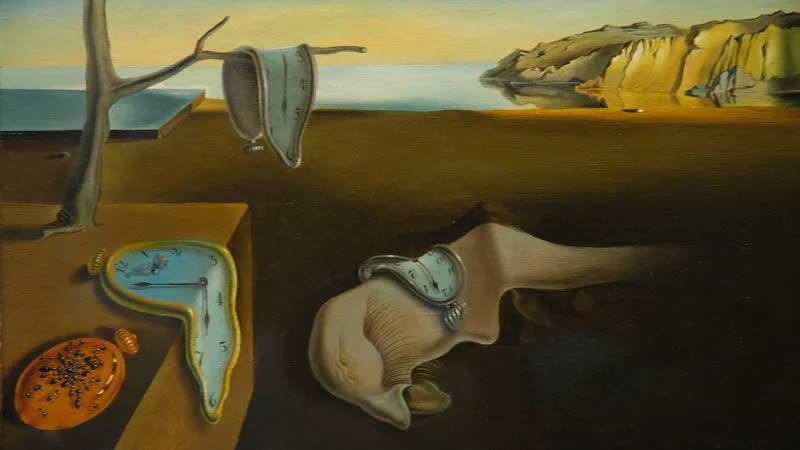
Salvador Dalí’s The Persistence of Memory is a surrealist masterpiece known for its melting clocks and eerie, dreamlike landscape. Painted in 1931, it symbolizes the fluidity of time and the impermanence of reality, themes central to Dalí’s surrealist vision. The painting’s bizarre and thought-provoking imagery has made it a key work in the surrealism movement and a favorite of modern art enthusiasts.
5. Girl with a Pearl Earring by Johannes Vermeer
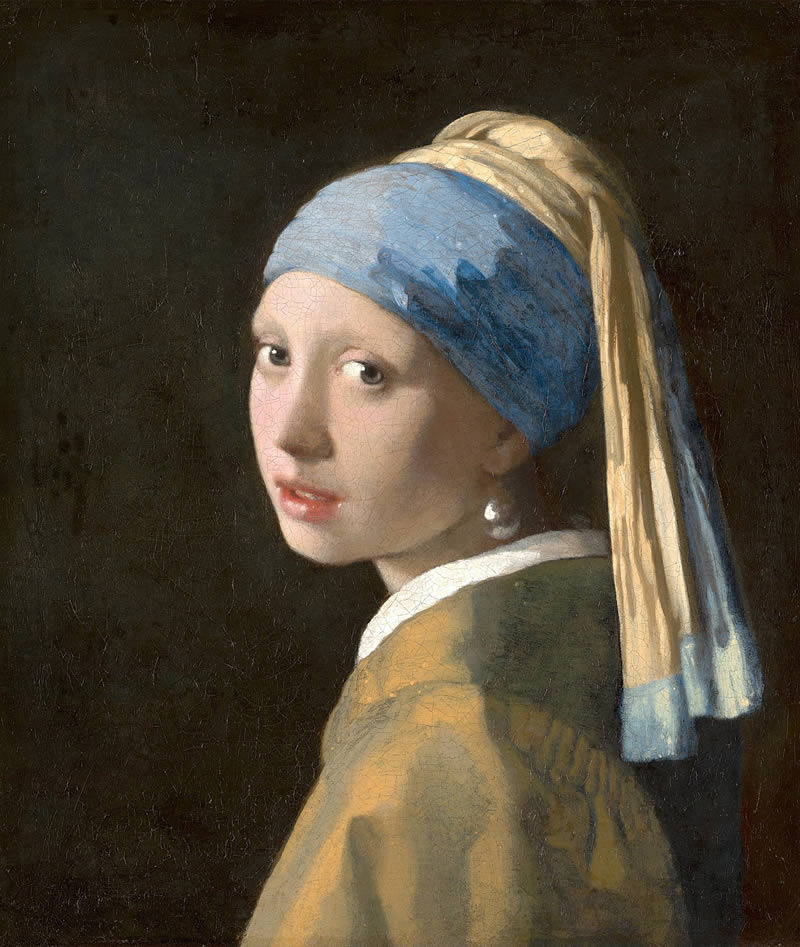
Often called the "Mona Lisa of the North," Vermeer’s Girl with a Pearl Earring is a stunning example of Baroque portraiture. Painted around 1665, the work captures a young woman’s gaze, frozen in a moment of quiet intensity. The simplicity of her expression, combined with Vermeer’s masterful use of light and color, has made this painting one of the most famous and revered in art history.
6. The Creation of Adam by Michelangelo
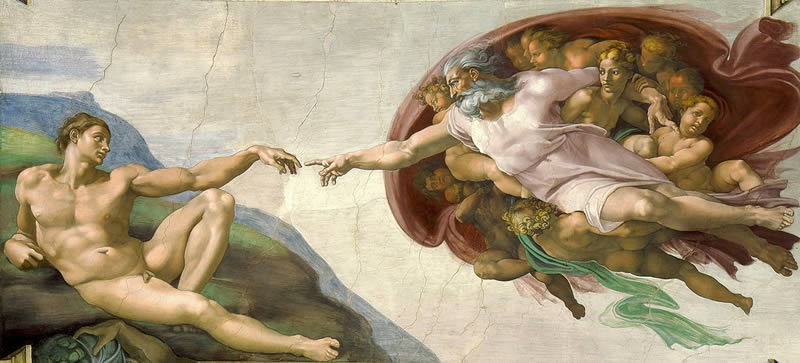
Part of the Sistine Chapel’s ceiling, Michelangelo’s The Creation of Adam is an iconic image that depicts the moment God gives life to Adam. Painted between 1508 and 1512, the fresco’s dynamic composition and expressive figures revolutionized the portrayal of religious scenes. It remains a testament to Michelangelo’s genius and a symbol of human potential and divine inspiration.
7. Guernica by Pablo Picasso
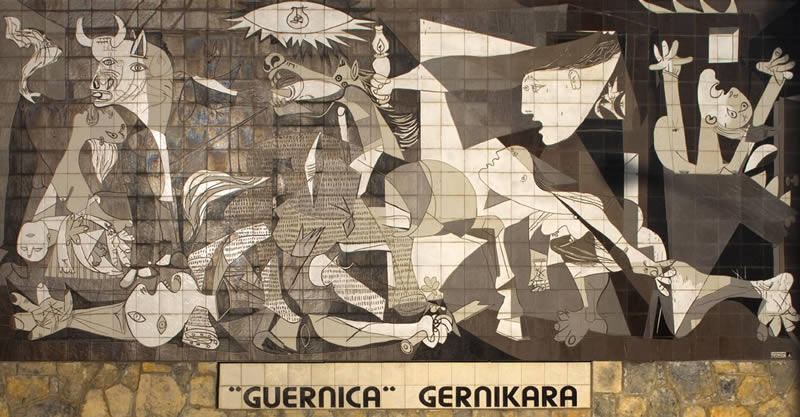
Guernica is Pablo Picasso’s haunting depiction of the horrors of war, painted in response to the bombing of the Basque town of Guernica during the Spanish Civil War in 1937. The painting’s monochromatic palette and fragmented forms convey the chaos, suffering, and devastation of war. It stands as one of the most powerful anti-war statements in the history of art and a defining work of the 20th century.
8. The Scream by Edvard Munch
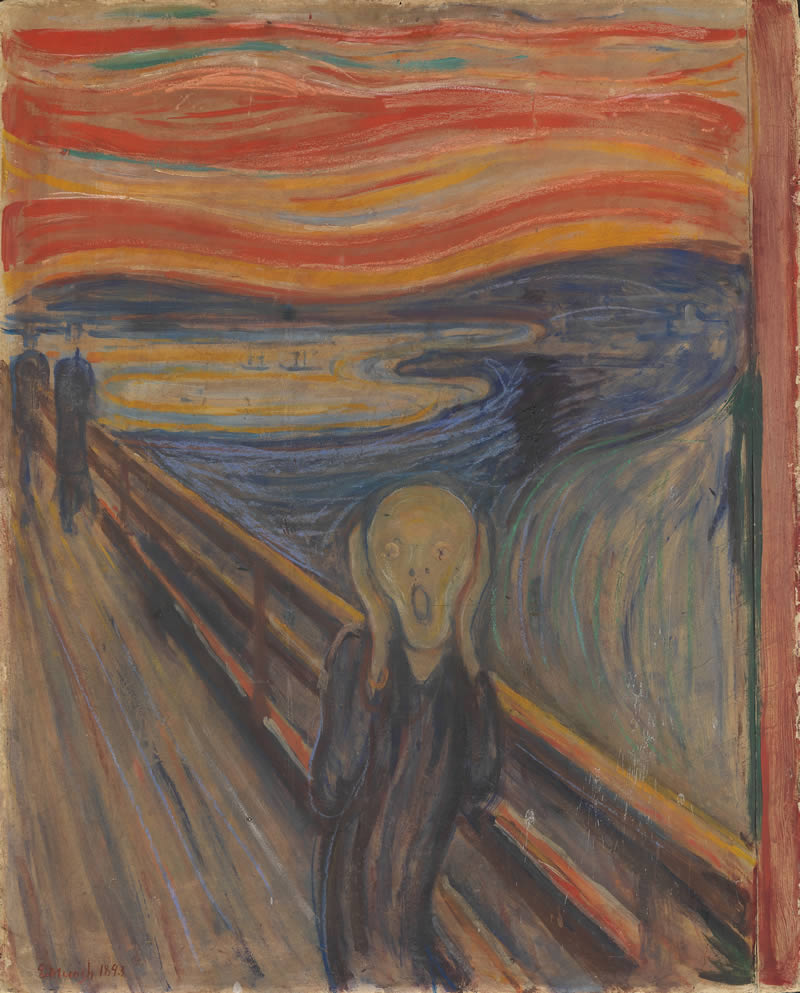
Edvard Munch’s The Scream, painted in 1893, is an iconic image of existential angst and emotional turmoil. The figure’s distorted face, set against a turbulent, blood-red sky, captures the universal feeling of anxiety and despair. As a precursor to Expressionism, The Scream resonates with viewers through its raw emotional power and has become one of the most recognizable paintings in the world.
9. The Birth of Venus by Sandro Botticelli
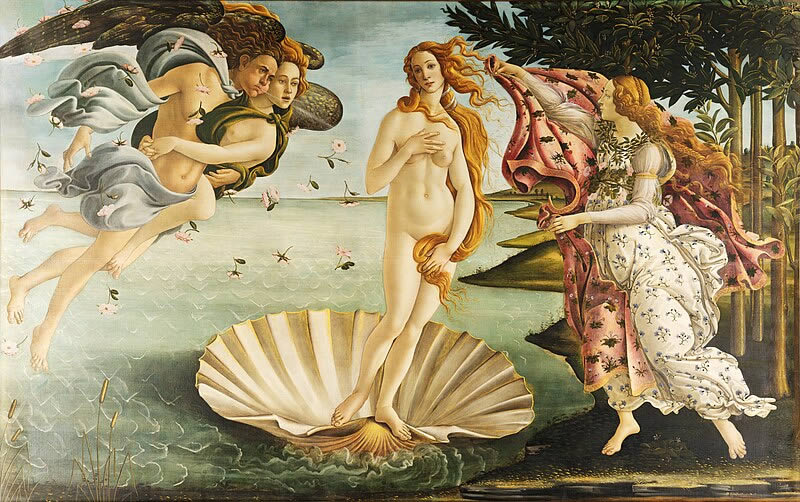
The Birth of Venus is a Renaissance masterpiece by Sandro Botticelli, painted around 1486. The painting depicts the Roman goddess Venus emerging from the sea on a shell, symbolizing beauty, love, and divinity. Botticelli’s delicate figures, graceful composition, and use of mythological themes make this painting a defining work of the early Renaissance.
10. American Gothic by Grant Wood
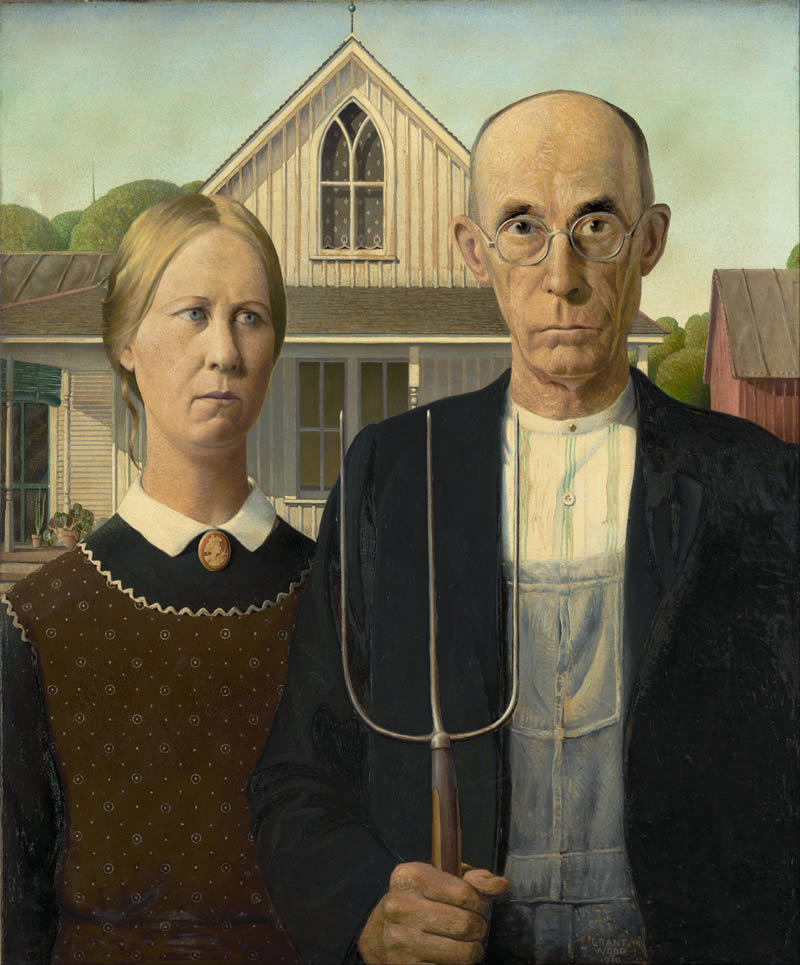
Grant Wood’s American Gothic, painted in 1930, is one of the most iconic images of American art. The painting features a stern-looking farmer and his daughter, symbolizing the strength and resilience of rural America during the Great Depression. The work’s blend of realism and subtle satire has made it a cultural touchstone in the U.S. and an enduring symbol of Midwestern life.
11. Les Demoiselles d’Avignon by Pablo Picasso
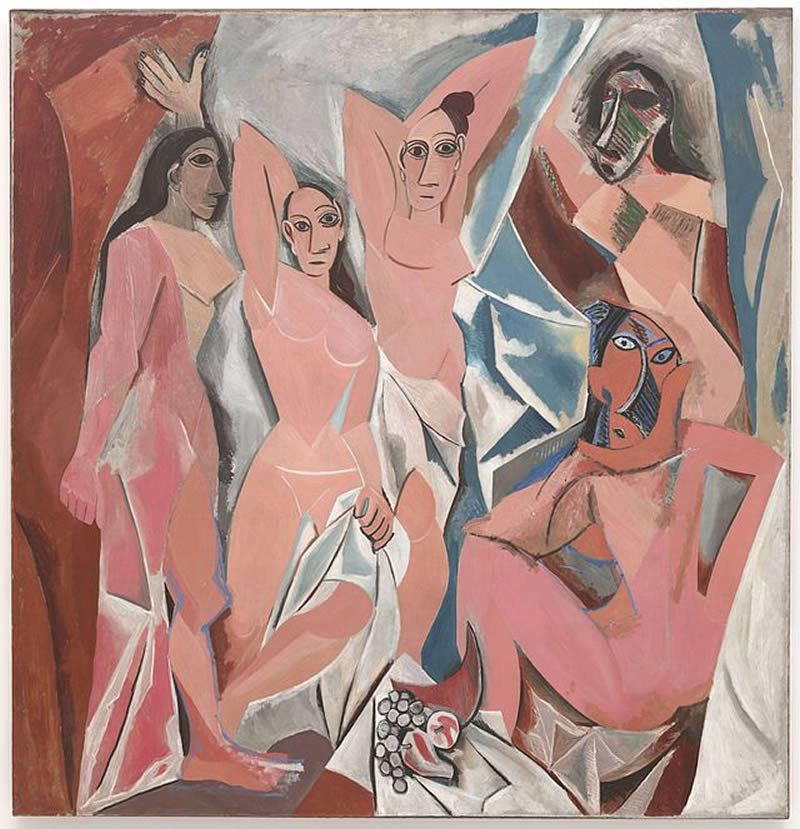
Painted in 1907, Les Demoiselles d’Avignon is a groundbreaking work that marked the beginning of Cubism. Picasso’s radical departure from traditional perspectives and his use of fragmented, geometric forms challenged conventional notions of beauty and representation. The painting’s raw energy and distorted figures shocked audiences at the time but went on to influence generations of modern artists.
12. The Night Watch by Rembrandt
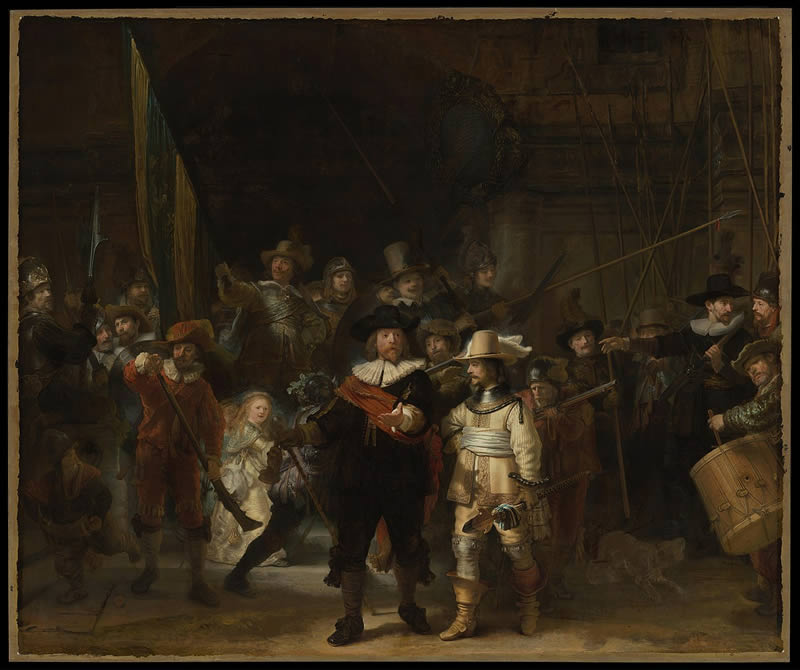
Rembrandt’s The Night Watch, painted in 1642, is a monumental Baroque painting that portrays a militia company in a dynamic and dramatic scene. Known for its innovative use of light and shadow, as well as its attention to detail, the painting is one of the greatest examples of Dutch Golden Age art. Its size, complexity, and emotional depth make it a masterpiece of historical portraiture.
13. Water Lilies by Claude Monet
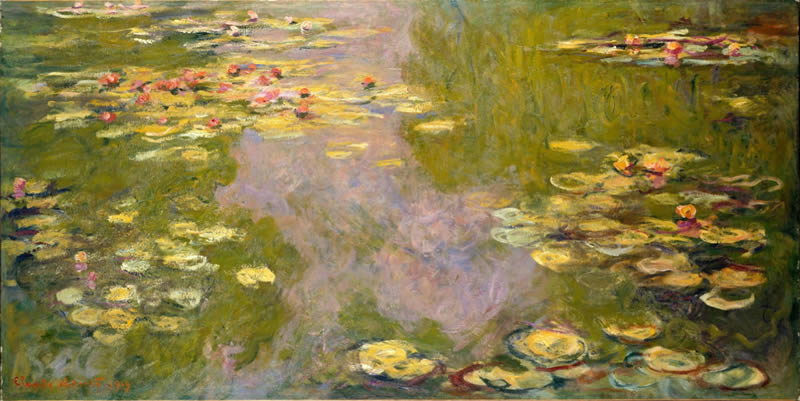
Claude Monet’s Water Lilies series, painted between 1896 and 1926, is a celebration of nature’s beauty and a key work in the Impressionist movement. Monet’s focus on the changing effects of light on water and his loose, expressive brushwork create a sense of serenity and reflection. The series remains one of the most beloved and influential bodies of work in modern art.
14. Whistler’s Mother by James McNeill Whistler
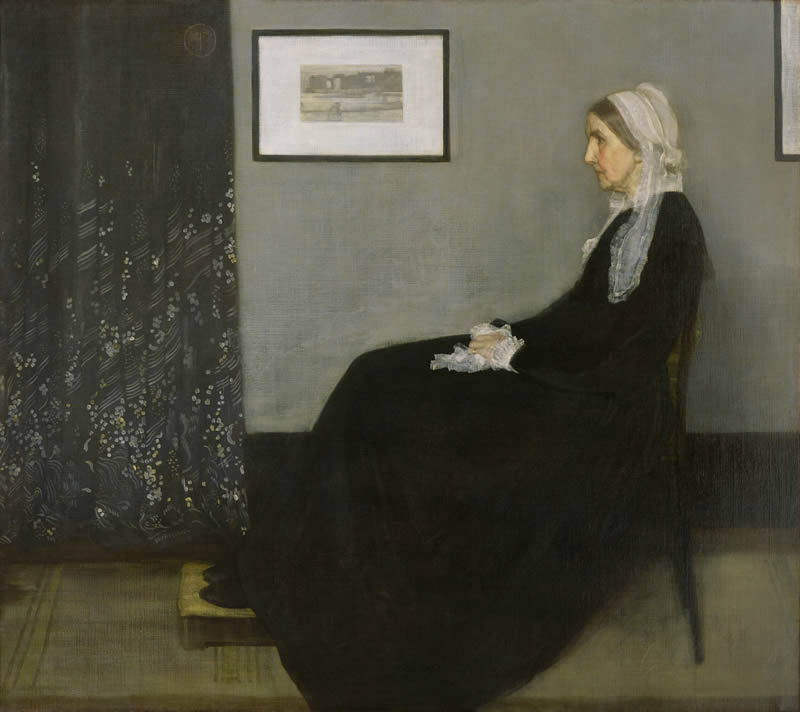
James McNeill Whistler’s Arrangement in Grey and Black No. 1, commonly known as Whistler’s Mother, is a powerful portrait of the artist’s mother, painted in 1871. The painting’s formal composition and restrained color palette reflect Whistler’s interest in the aesthetic movement, while its emotional depth and timeless subject matter have made it an enduring icon of American art.
15. Liberty Leading the People by Eugène Delacroix
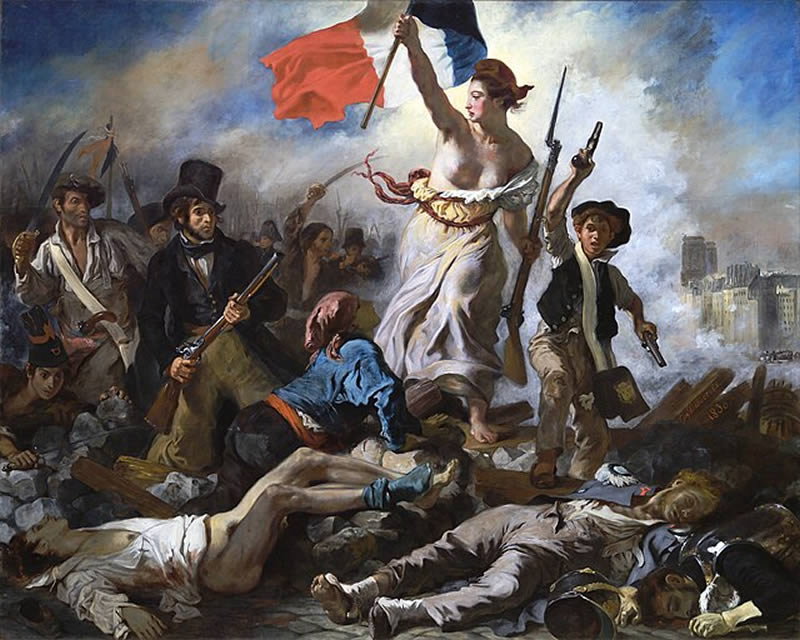
Painted in 1830, Liberty Leading the People is a powerful symbol of revolution and freedom. Delacroix’s depiction of Liberty as a personified woman leading the charge during the July Revolution in France captures the fierce energy and heroism of the moment. The painting remains a key symbol of the fight for liberty and democratic values.
16. The Arnolfini Portrait by Jan van Eyck
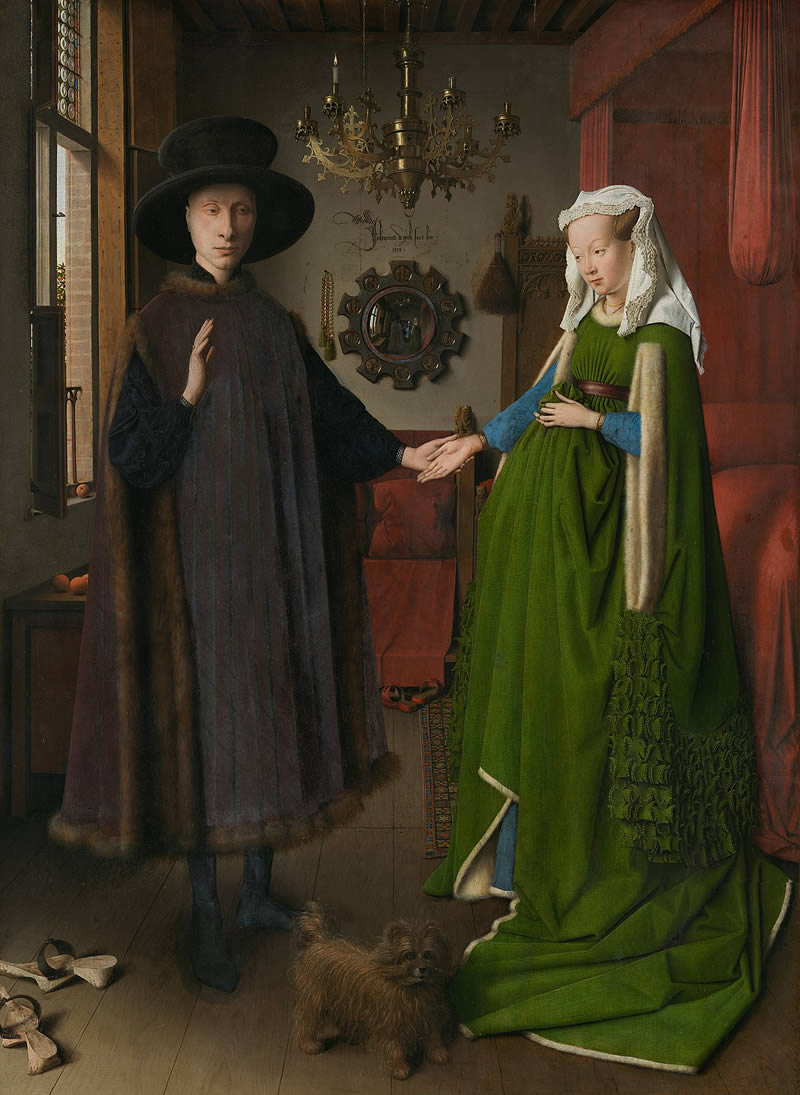
The Arnolfini Portrait, painted in 1434, is a stunning example of Northern Renaissance art. Known for its meticulous detail, the painting depicts the wealthy merchant Giovanni di Nicolao di Arnolfini and his wife in their home. The use of light, texture, and symbolism—such as the mirror reflecting the couple—demonstrates van Eyck’s extraordinary technical skill and attention to detail.
17. The Kiss by Gustav Klimt
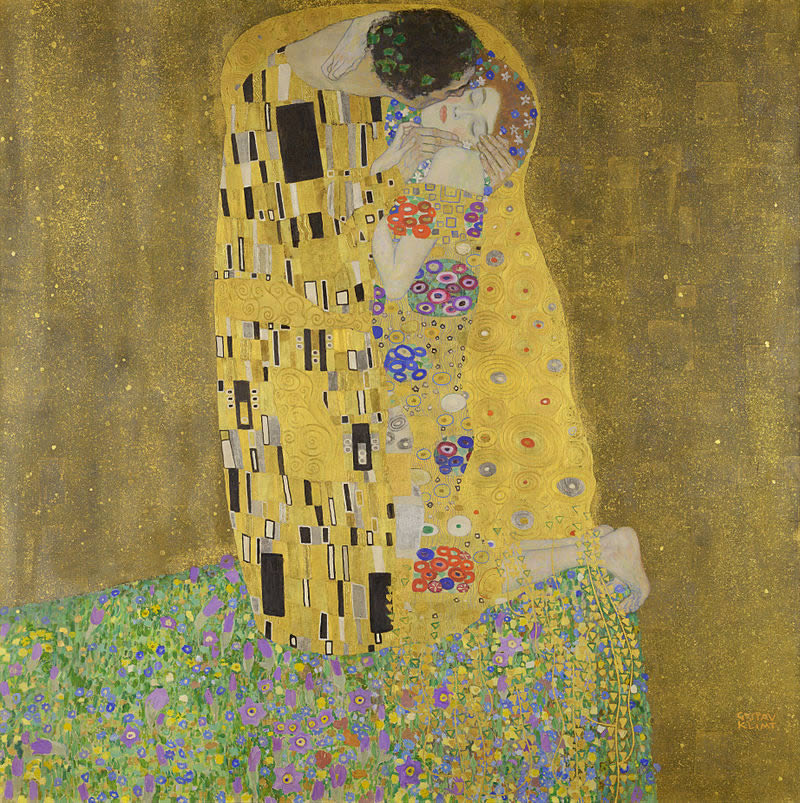
Painted between 1907 and 1908, The Kiss is one of Gustav Klimt’s most famous works, epitomizing the Vienna Secession movement. The painting’s ornate, gilded style and intimate subject matter, portraying a couple locked in an embrace, symbolize love, sensuality, and the transcendence of human connection. It remains one of the most romantic and widely recognized paintings in art history.
18. Self-Portrait with Thorn Necklace and Hummingbird by Frida Kahlo
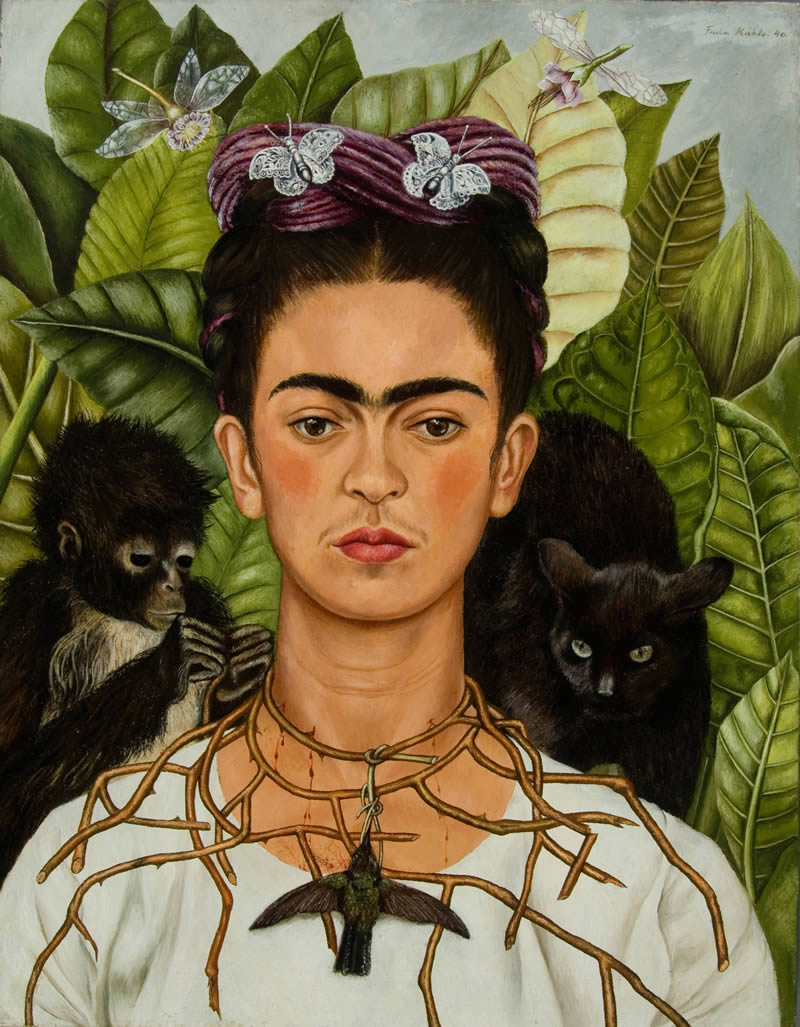
Frida Kahlo’s Self-Portrait with Thorn Necklace and Hummingbird, painted in 1940, is one of the most iconic self-portraits in modern art. Kahlo’s deeply personal style and surreal symbolism reflect her physical and emotional pain, as well as her identity as a Mexican woman. The painting’s vibrant colors, symbolism, and raw emotion have made Kahlo a feminist icon and a symbol of resilience.
19. A Sunday Afternoon on the Island of La Grande Jatte by Georges Seurat
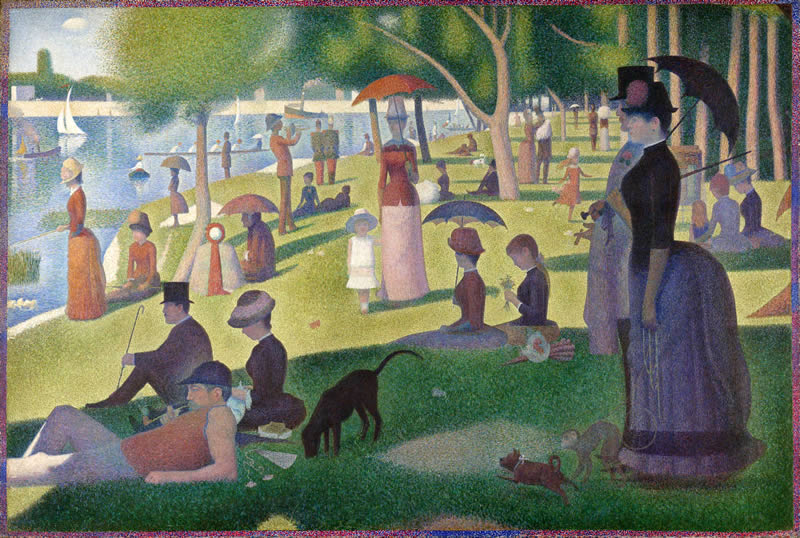
Georges Seurat’s A Sunday Afternoon on the Island of La Grande Jatte, painted between 1884 and 1886, is a masterpiece of Pointillism. Using tiny dots of color to create a vibrant and cohesive image, Seurat depicted Parisians enjoying leisure time by the river. The painting’s innovative technique and its focus on modern urban life make it one of the key works of the late 19th century.
20. Bal du moulin de la Galette by Pierre-Auguste Renoir
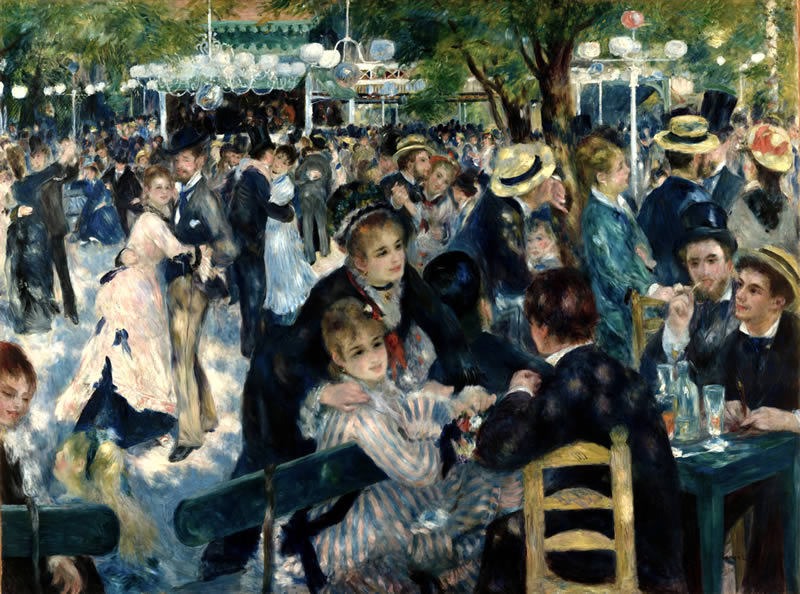
Renoir’s Bal du moulin de la Galette, painted in 1876, captures the lively atmosphere of a Sunday afternoon dance at the Moulin de la Galette in Montmartre, Paris. The painting’s vibrant colors, fluid brushstrokes, and joyful depiction of Parisian social life exemplify the spirit of Impressionism, celebrating the fleeting beauty of everyday moments.
21. The Hay Wain by John Constable
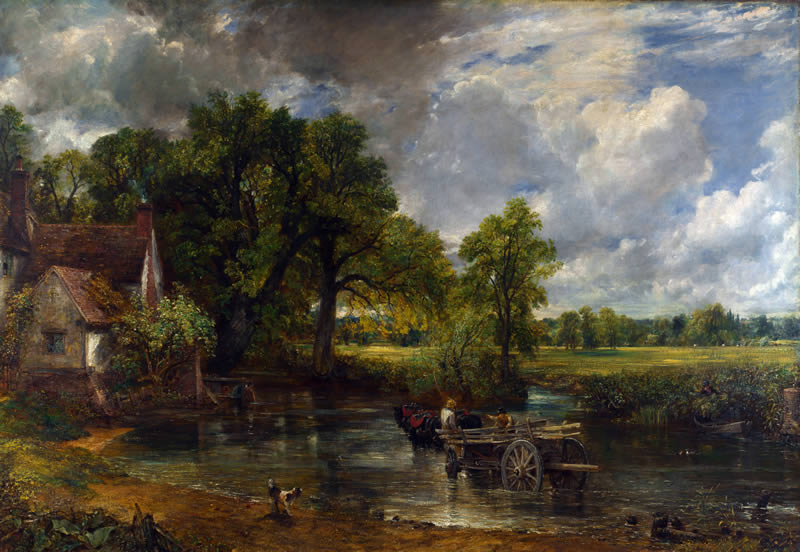
Painted in 1821, The Hay Wain is one of John Constable’s most famous landscape paintings, depicting a rural scene in Suffolk, England. The painting’s pastoral beauty, detailed depiction of nature, and subtle use of light and shadow reflect Constable’s love for the English countryside. It remains a quintessential example of Romantic landscape painting.
22. The School of Athens by Raphael
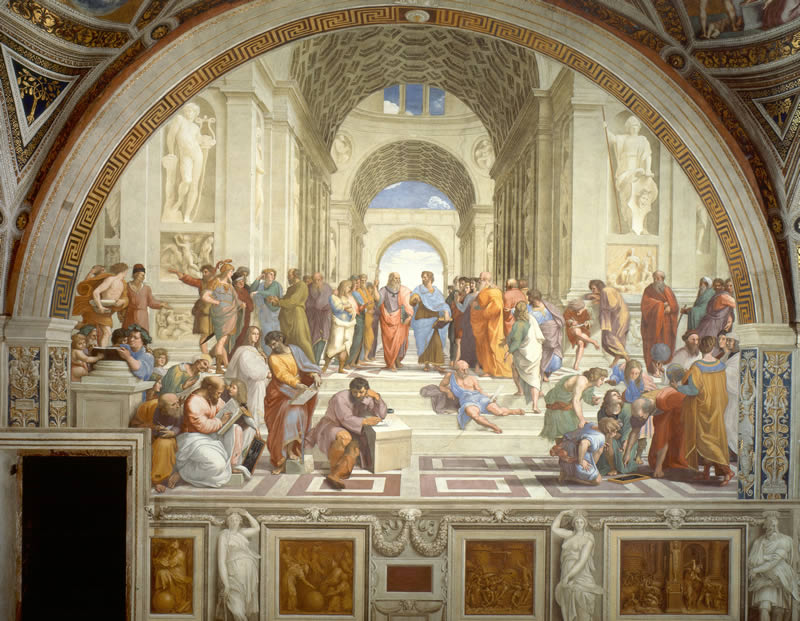
The School of Athens, painted between 1509 and 1511, is a grand fresco that represents philosophy and knowledge. Featuring figures like Plato, Aristotle, and other great thinkers, the painting is a masterpiece of Renaissance composition, perspective, and intellectual depth. Located in the Vatican’s Apostolic Palace, it stands as one of Raphael’s greatest works and a symbol of classical learning.
23. The Garden of Earthly Delights by Hieronymus Bosch
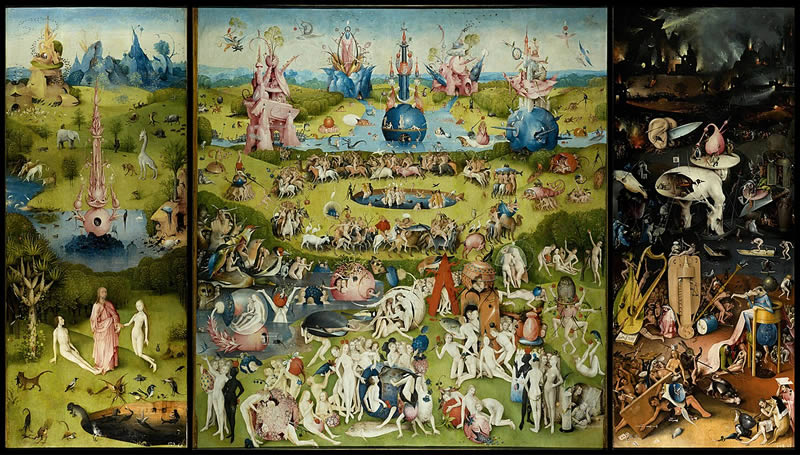
Hieronymus Bosch’s The Garden of Earthly Delights, painted around 1490-1510, is a triptych that explores themes of temptation, sin, and the afterlife. The painting’s surreal, fantastical imagery—ranging from the pleasures of paradise to the torments of hell—has captivated viewers for centuries. Bosch’s imaginative and detailed work is seen as a precursor to surrealism and is widely studied for its complex symbolism.
24. The Raft of the Medusa by Théodore Géricault
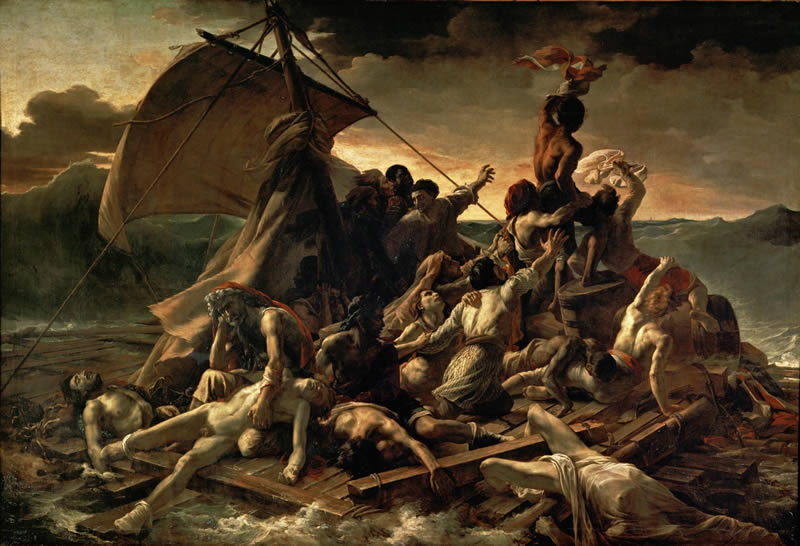
Painted in 1818-1819, The Raft of the Medusa depicts the harrowing aftermath of the wreck of the French frigate Méduse. Géricault’s powerful and dramatic portrayal of the survivors struggling for life is a poignant commentary on human suffering, corruption, and the fragility of hope. The painting’s raw emotional impact and its meticulous research by Géricault make it a cornerstone of French Romanticism.
25. Luncheon of the Boating Party by Pierre-Auguste Renoir
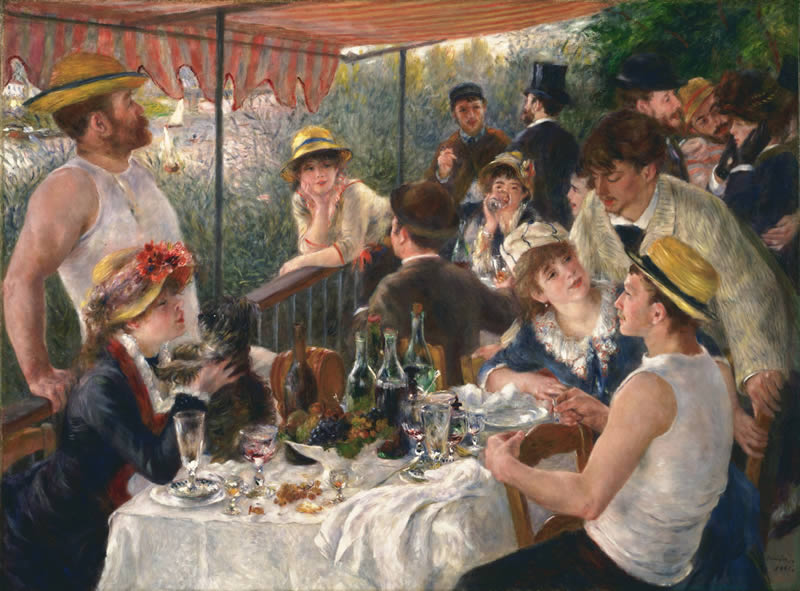
Painted in 1880-1881, Luncheon of the Boating Party is a quintessential work of Impressionism, showcasing Pierre-Auguste Renoir’s mastery of light and color. The painting depicts a lively gathering of friends enjoying a leisurely meal on the terrace of a restaurant along the Seine River. With its vibrant colors, dynamic composition, and a sense of movement, Renoir captures the joyous atmosphere of socializing in the open air. The various figures, each engaged in conversation and laughter, embody the spirit of the Belle Époque in France. This artwork not only exemplifies Renoir’s style but also celebrates the pleasures of life and the beauty of human connection.
26. Impression, Sunrise by Claude Monet
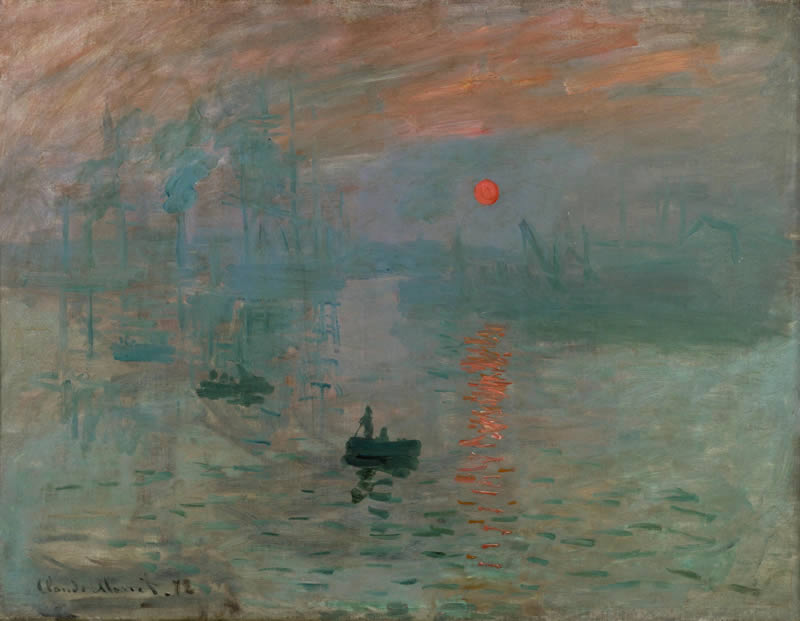
Monet’s Impression, Sunrise, painted in 1872, gave the Impressionist movement its name. The painting’s loose brushstrokes, focus on light, and fleeting atmosphere captured the essence of a moment in time, challenging traditional techniques. Monet’s approach to capturing the beauty of natural light transformed landscape painting and cemented his legacy as one of the leading figures in Impressionism.
27. The Death of Marat by Jacques-Louis David
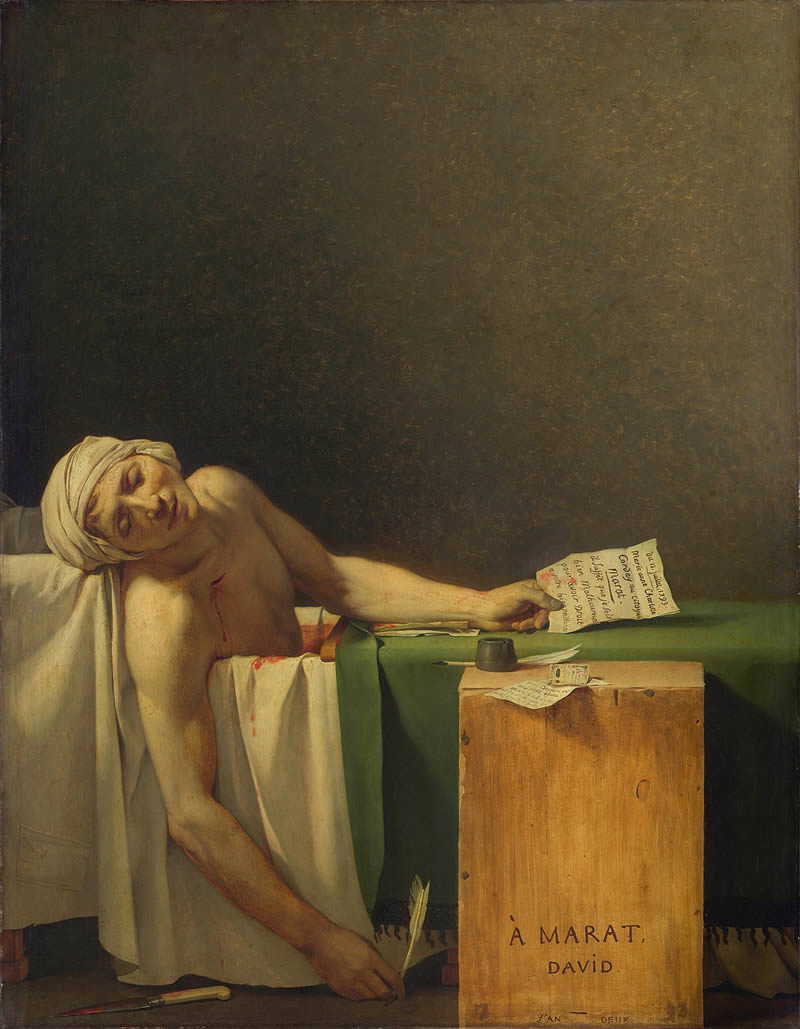
The Death of Marat, painted in 1793, is a powerful portrayal of the murdered French revolutionary leader Jean-Paul Marat. David’s neoclassical style, combined with the stark realism of the scene, transforms Marat into a martyr for the Revolution. The painting’s political significance and emotional depth make it one of the most important works of the French Revolution.
28. The Dance by Henri Matisse
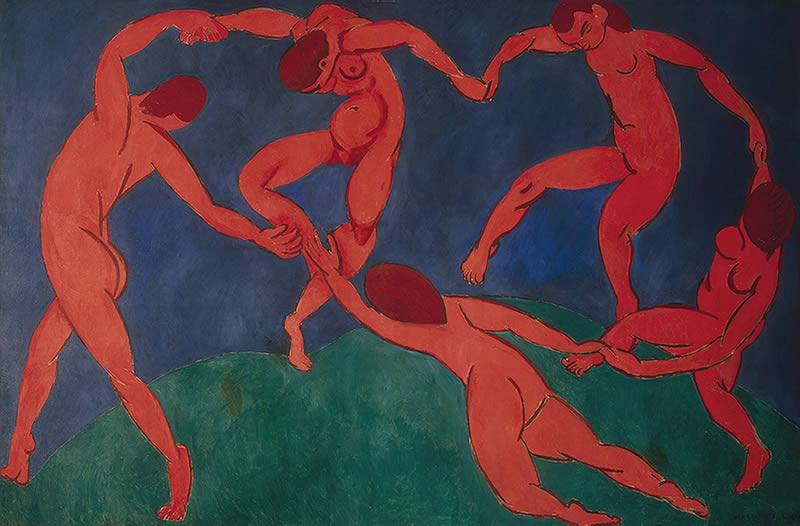
Henri Matisse’s The Dance, painted in 1910, is a celebration of movement, rhythm, and color. The vibrant figures, dancing in a circle, represent the joy of life and human connection. The bold simplicity and expressive use of color reflect Matisse’s break from traditional forms, establishing him as a leading figure in Fauvism and modern art.
29. Las Meninas by Diego Velázquez
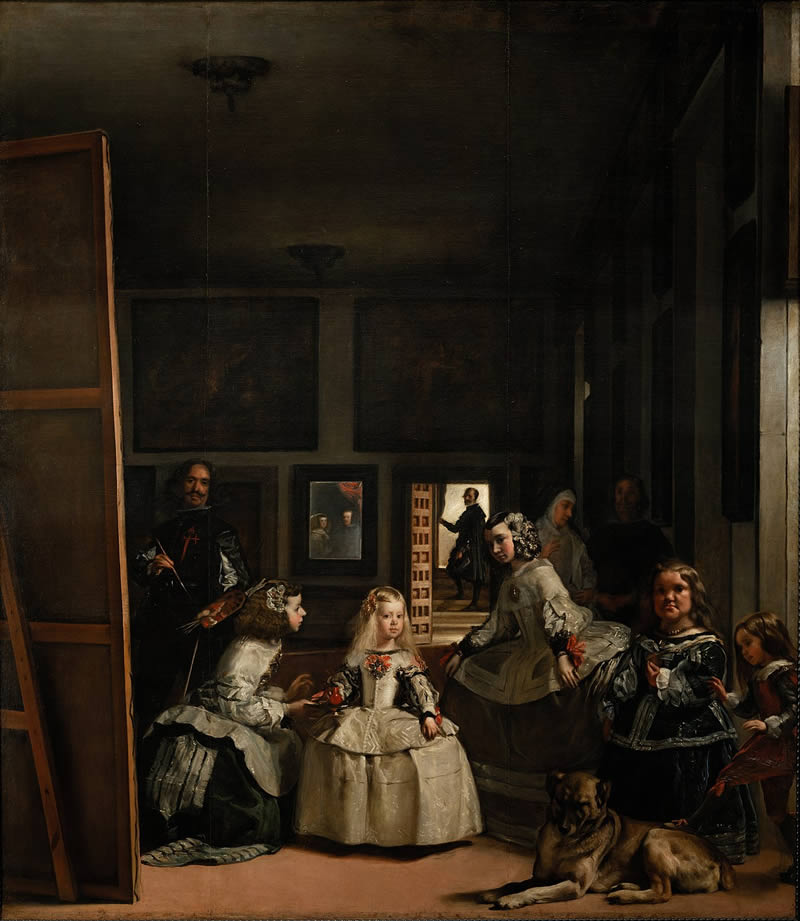
Painted in 1656, Las Meninas is one of Diego Velázquez’s most enigmatic and masterful works. The painting depicts the young Infanta Margarita and her attendants, with Velázquez himself appearing in the background. Its complex composition, use of perspective, and commentary on the role of the artist make it a defining work of the Spanish Golden Age and one of the most analyzed paintings in art history.
30. No. 5, 1948 by Jackson Pollock
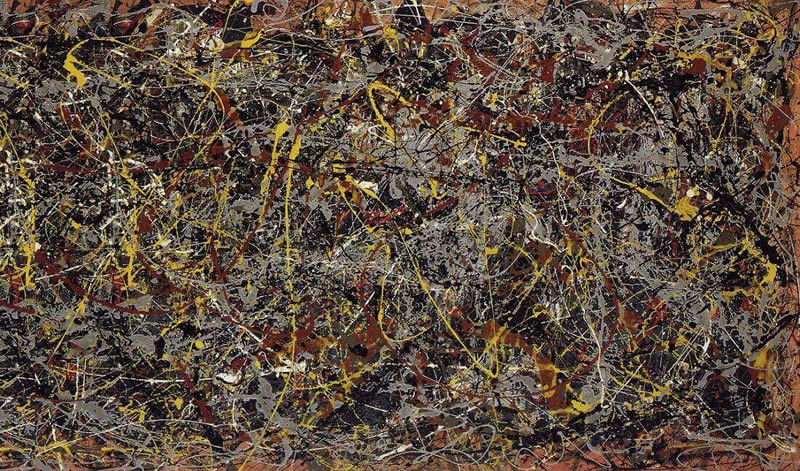
Jackson Pollock’s No. 5, 1948 is a seminal work of Abstract Expressionism. Pollock’s revolutionary drip painting technique, in which he energetically splattered and poured paint onto a canvas, broke new ground in abstract art. The painting’s chaotic yet balanced composition embodies the spontaneity and emotional intensity of Pollock’s approach, making him one of the most influential artists of the 20th century.
Conclusion
These 30 famous paintings, created by legendary artists from different periods and movements, have not only shaped the world of art but also influenced how we view beauty, humanity, and emotion. Their impact continues to resonate, inspiring new generations of artists and art lovers alike.

